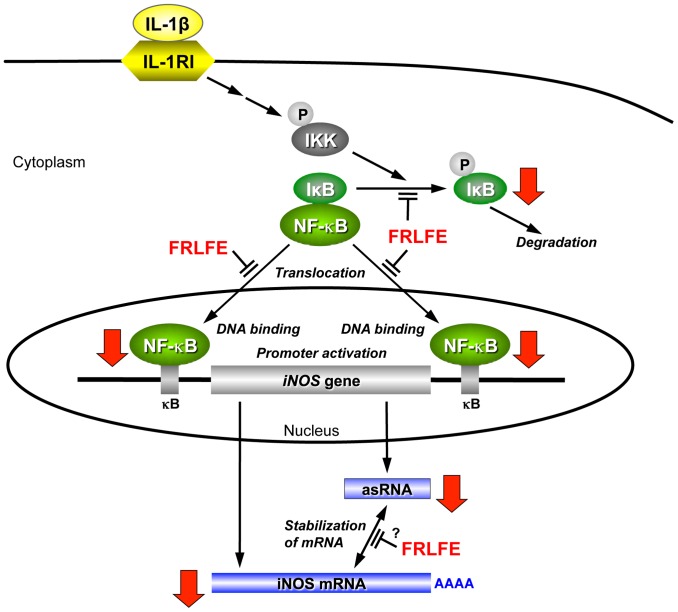Figure 5. FRLFE suppresses iNOS induction by the IL-1β signaling pathway.
A pathway to activate the iNOS gene and the action of FRLFE are schematically depicted. The bold arrows indicate the decreases caused by FRLFE in this study. The proinflammatory cytokine IL-1β binds to its receptor (type I IL-1 receptor, IL1R1) to activate NF-κB through the IκB kinase (IKK) signaling pathway [23], [25]. Activated IKK phosphorylates IκB-α, resulting in the degradation of IκB-α. A circled P denotes protein phosphorylation. Active NF-κB enters into the nucleus, binds to the iNOS gene promoter (κB sites), and activates transcription. FRLFE inhibits the phosphorylation of IκB-α and the nuclear translocation of NF-κB, resulting in a decrease in the nuclear levels of NF-κB. Because NF-κB also regulates the transcription of the iNOS asRNA, FRLFE reduces the level of iNOS asRNA, which interacts with and stabilizes the iNOS mRNA [17]. Furthermore, FRLFE may interfere with the iNOS mRNA–asRNA interaction at a posttranscriptional level. Therefore, FRLFE significantly decreases the level of iNOS mRNA.

